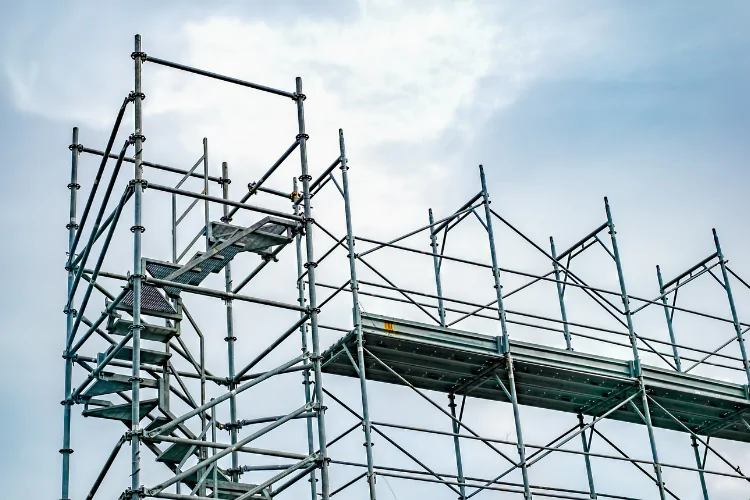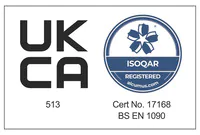Steel pipes and tubes have had a long history of being used in scaffolding, to build a temporary framework for reinforcing structures and to provide a stable working platform and ladder access to upper levels.
However, with aluminium scaffolding also now commonplace, how do you know which to choose for your job?
Let’s compare aluminium and steel scaffolding to see which comes out on top.
Strength
Steel tube scaffolding has been widely used since the mid-20th century for its incredible strength. For taller scaffolds, steel pipes and tubes have the intrinsic strength needed to support the weight of their own upper levels.
The strength also comes from the shape of the steel structure:
- Standards are the vertical steel columns that transfer forces down to ground level and dissipate them via a square steel plate.
- Ledgers are horizontal steel tubes that are used to connect vertical standards together, creating a perpendicular lattice.
- Transoms give the scaffold its width and are used to support the planks, boards or platforms at each level.
- Couplers join the tubes together, typically at right angles, swivel joints or end-to-end to cover longer spans.
Aluminium has less intrinsic strength, so is not used in the most demanding scaffold structures. However, it is an option for lighter jobs, where the scaffold will not be exposed to such high forces.
Weight
Aluminium is much lighter than steel – in fact it can be around a third of the weight – so this is an important consideration when choosing metal scaffolding for a construction site.
If the total weight of the scaffold is a concern due to ground conditions, for example, lighter aluminium scaffolding might be the better option.
Remember the weight of steel scaffolding reflects its higher strength – so in many ways, heavier steel scaffold pipes are an indirect benefit if you need that extra strength.
Applications
Sometimes you might choose based on the application or type of scaffolding you need:
- Supported scaffolding is the traditional ground-up structure, and for taller scaffolds above a certain height, you’ll need the intrinsic strength of steel pipes and tubes.
- Suspended scaffolding is fixed to the roof of a building, for example if the work only affects the roof edge or top floors.
- Rolling scaffolding is built on castors instead of stationary square plates. This will often be a smaller scaffold tower, rather than a very large mobile structure.
For these and other applications, your decision can be based on the strength of scaffolding you need and on any concerns about the amount of weight exerted on the ground.
To find out more about steel pipes for scaffolding, please contact us directly and we’ll be happy to help you choose from our wide supply.


